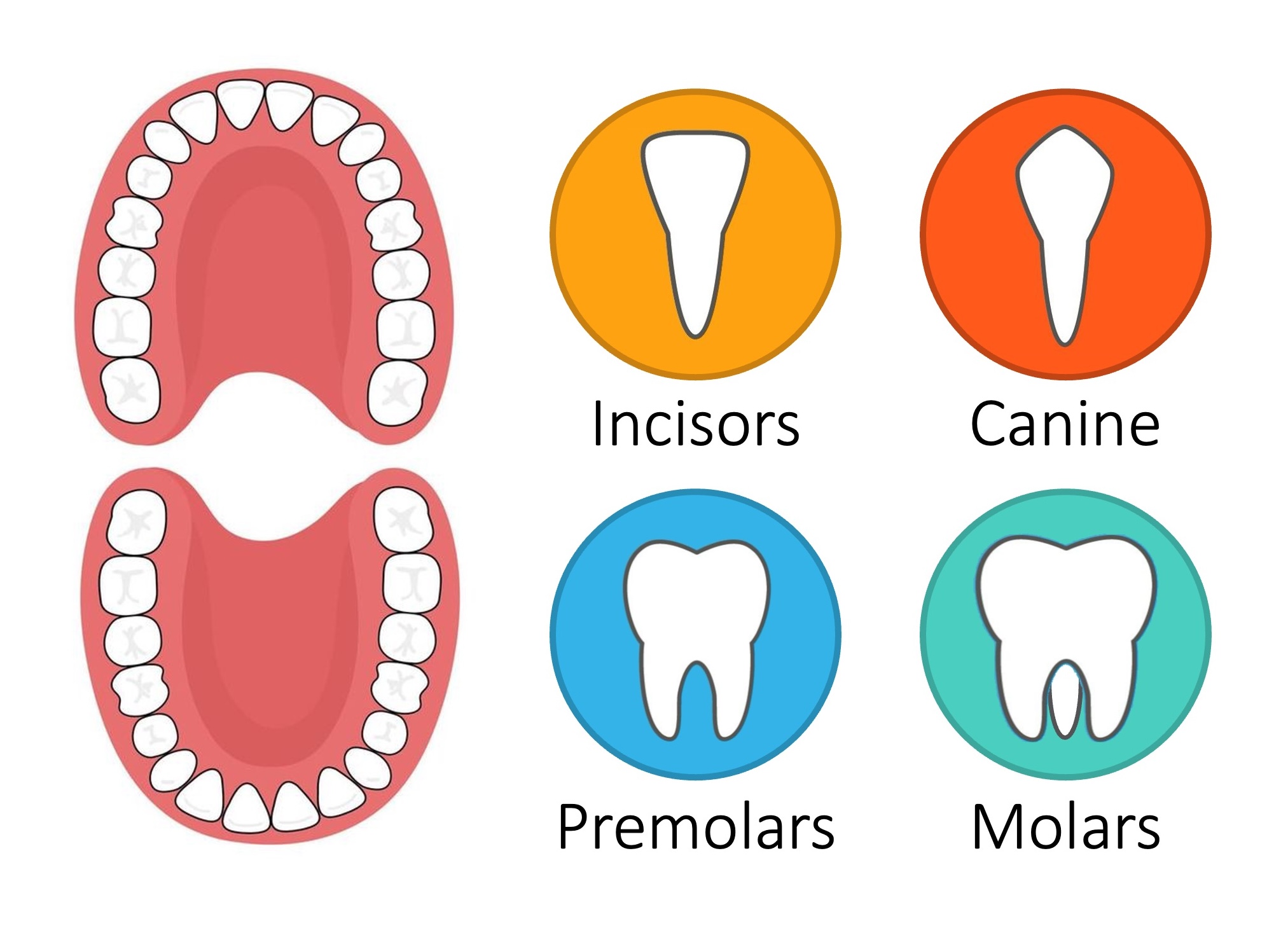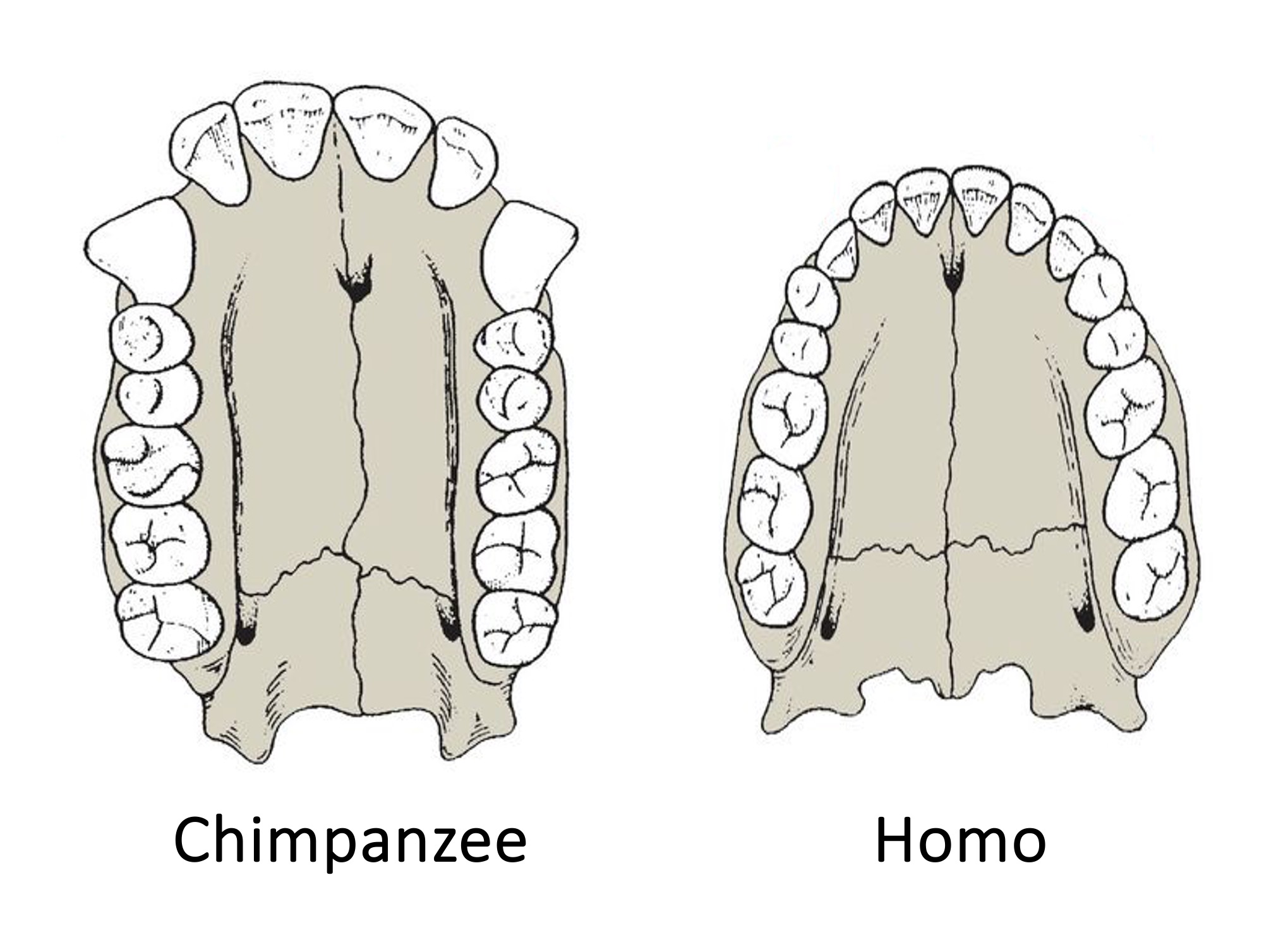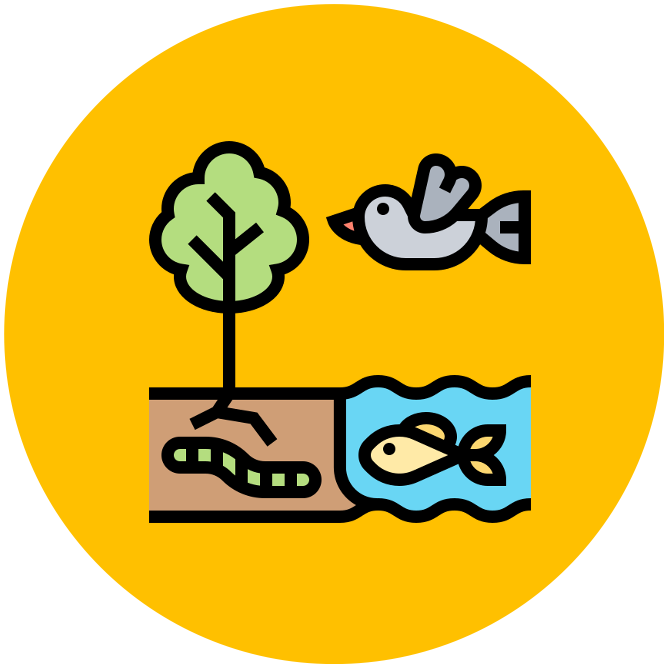

Feeding Dynamics
Herbivory
Herbivores are a type of heterotrophic consumer that feed principally on plant matter (i.e. vegetation)
-
Plants have evolved defences to resist herbivory, while herbivores have developed adaptations to overcome these defences
Plant Defences:
-
Physical structures – spines and thorns act as deterrents, while thick bark and waxy cuticles can restrict ingestion
-
Chemical compounds – seeds and leaves may contain toxic compounds or bitter-tasting chemicals to reduce feeding
Herbivore Adaptations:
-
Specialised mouthparts – insects may have stylets or mandibles to assist in piercing or cutting through plant matter
-
Digestive systems – ruminant animals have multiple compartments in their stomach to allow for the regurgitation and breakdown of food
-
Microbiotic bacteria – the gut flora in ruminants aid in the breakdown of plant sugars (such as cellulose)
-
Metabolic processes – certain animals produce chemicals capable of neutralising the toxic compounds produced by specific plants
Plant Defences
Herbivore Adaptations
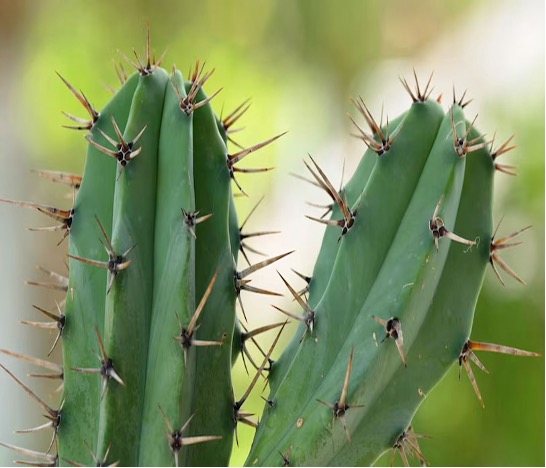
Thorns
Defence: Thorns
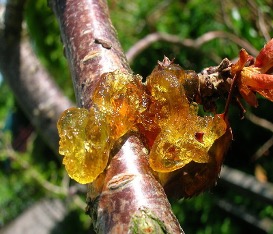
Secretions
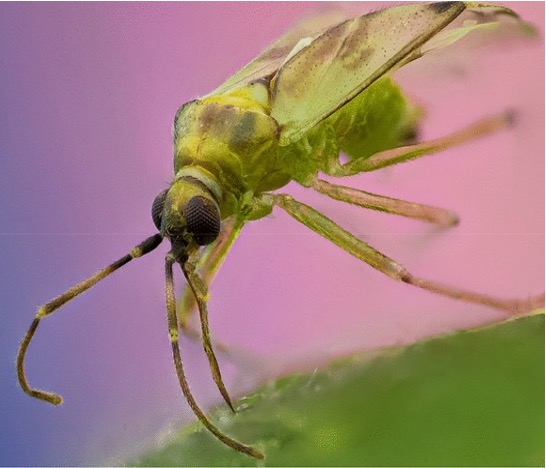
Stylets
Adaptation: Stylet
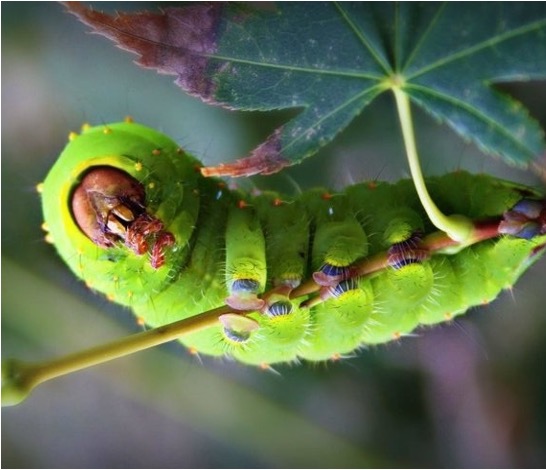
Mandibles
Carnivory
Carnivores are a type of heterotrophic consumer that feed primarily on animal matter (i.e. meat eaters)
-
Predators have developed adaptations for catching prey, while the prey will possess characteristics to resist predation
Prey Adaptations:
-
Physical structures – tough exoskeletons and shells provide a level of protection against predators
-
Appearances – prey may be camouflaged, mimic predator structures or possess bright warning colours
-
Chemical compounds – toxins and scents may deter predators or cause harm to the predator when consumed
-
Behaviours – prey may act in certain ways to avoid predation (e.g. feigning death, puffing up, grouping together)
Predator Adaptations:
-
Physical structures – sensory organs to better detect prey and physical features such as sharp teeth and claws
-
Appearances – predators may be camouflaged or have a streamlined body shape to increase speed
-
Chemical compounds – neurotoxins and venoms can be used to paralyse or subdue their prey
-
Behaviours – predators may act in certain ways to successfuly capture prey (e.g. lay in ambush, hunt in packs)
Prey Adaptations
Predator Adaptations
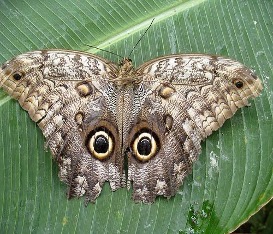
Camouflage
Prey: Mimicry

Shells

Teeth + Claws
Predator: Teeth
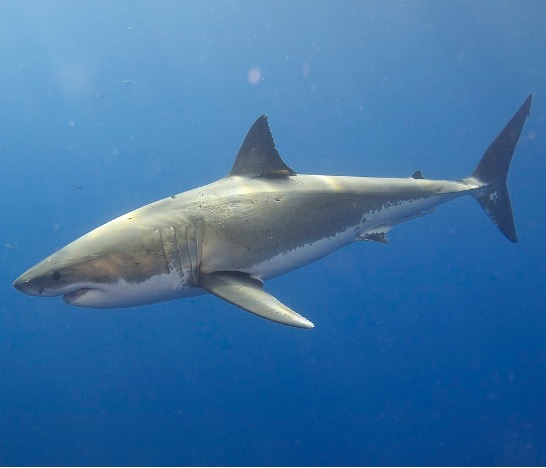
Streamlined
Omnivory
Omnivores are a type of heterotrophic consumer that feed on both plant and animal matter
-
Diets based on plant or animal matter can be inferred by the dentition (teeth shape) of organisms
Hominidae Diets
-
Hominidae are a family of greater apes that include gorillas and chimpanzees, as well as modern and ancestral humans
-
Hominids that feed predominantly on plant matter have broader jaw muscles, larger premolars and thicker tooth enamel for grinding tough vegetation
-
Hominids that eat more meat have narrower jaws and smaller teeth for chewing softer animal tissue, while incisor teeth and canines are tightly packed to enable cutting and tearing
-
Teeth can also play a role in other processes (such as aggressive posturing), which is why gorillas have large canines despite being mainly herbivorous
A comparison of the jaws and dentition of extinct hominin (human) fossils demonstrates an evolutionary shift towards a higher proportion of meat in the diet
-
Jaws have become narrower, with smaller teeth, as humans developed tools and hunting practices to support greater meat-eating behaviours
-
For example, Paranthropus robustus has a larger jaw (suggesting herbivory) than Homo floresiensis (suggesting omnivory)
Hominid Dentition
